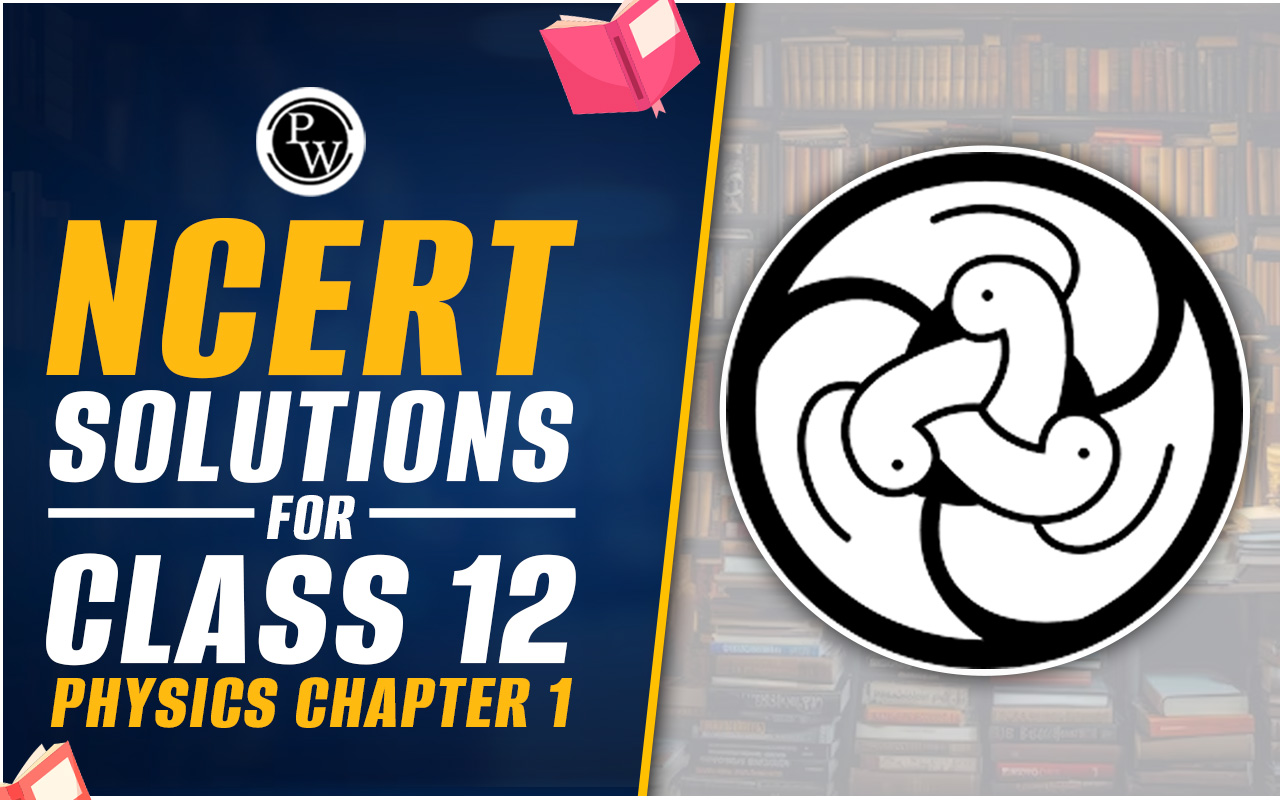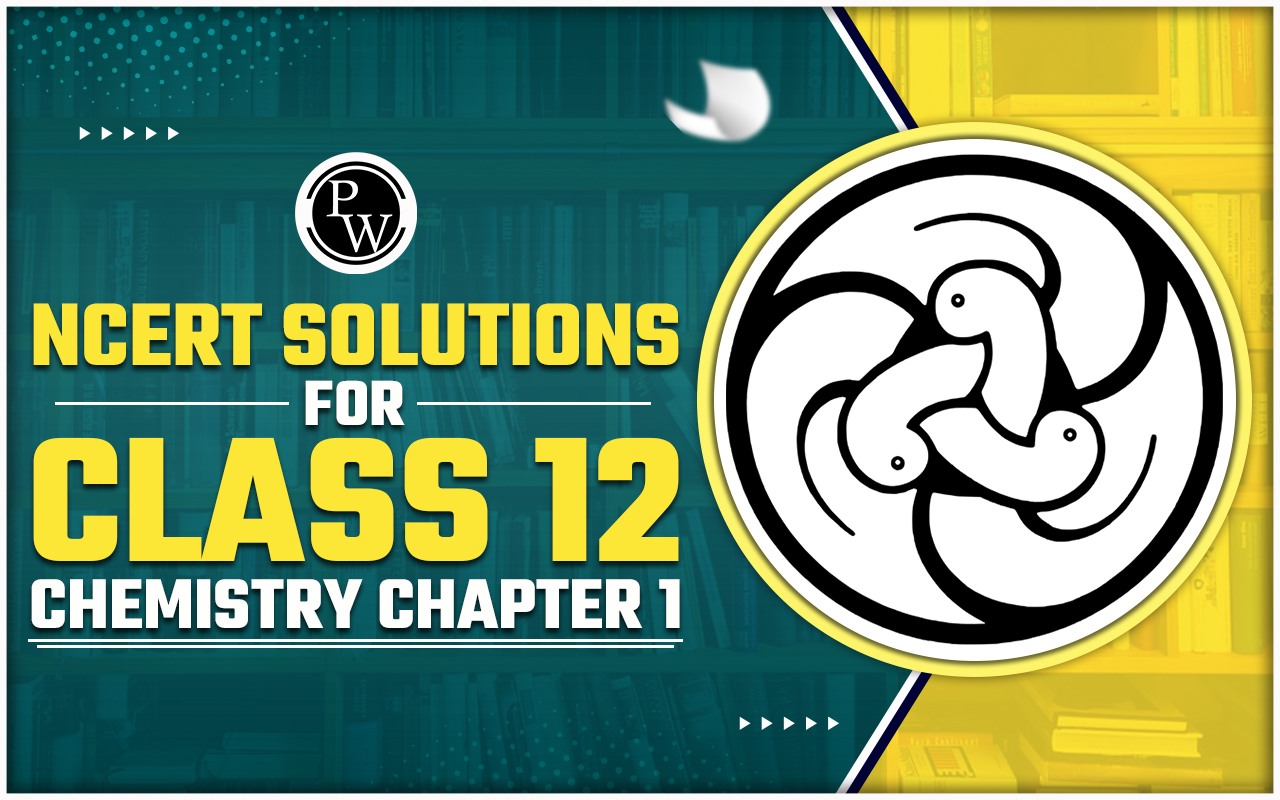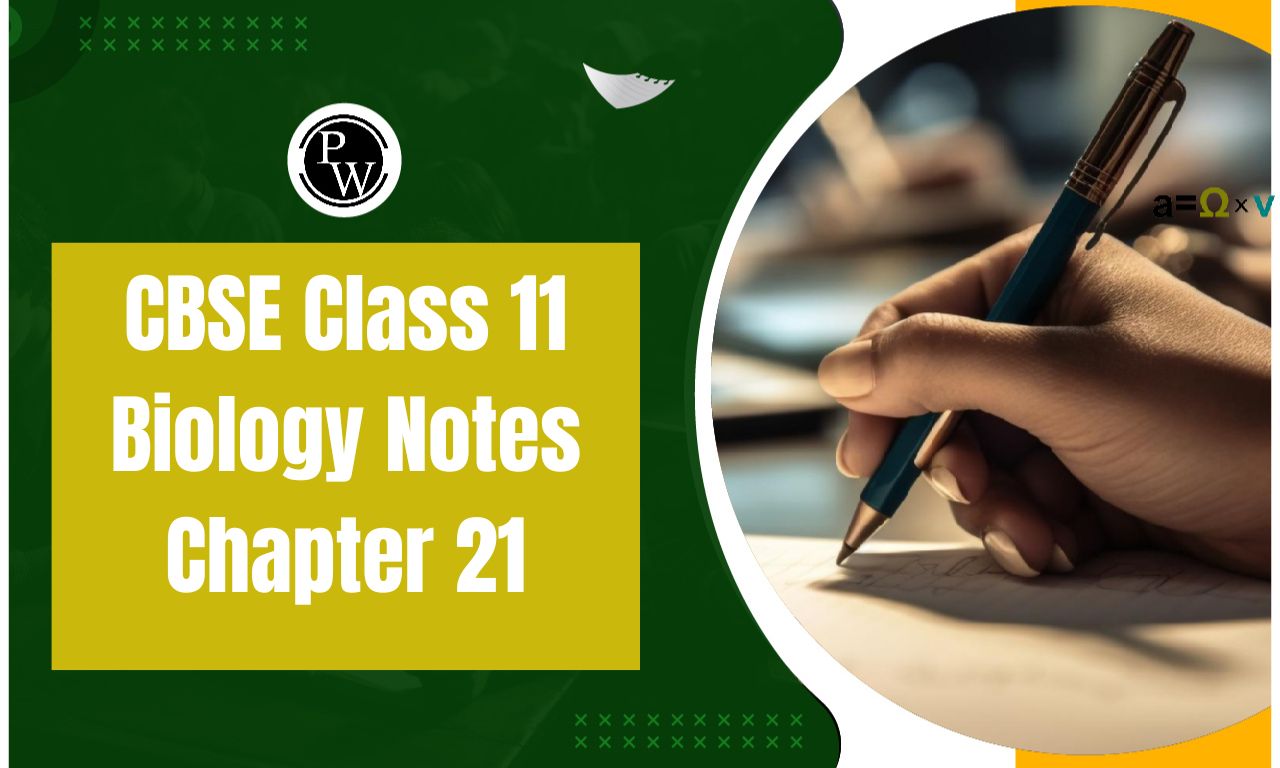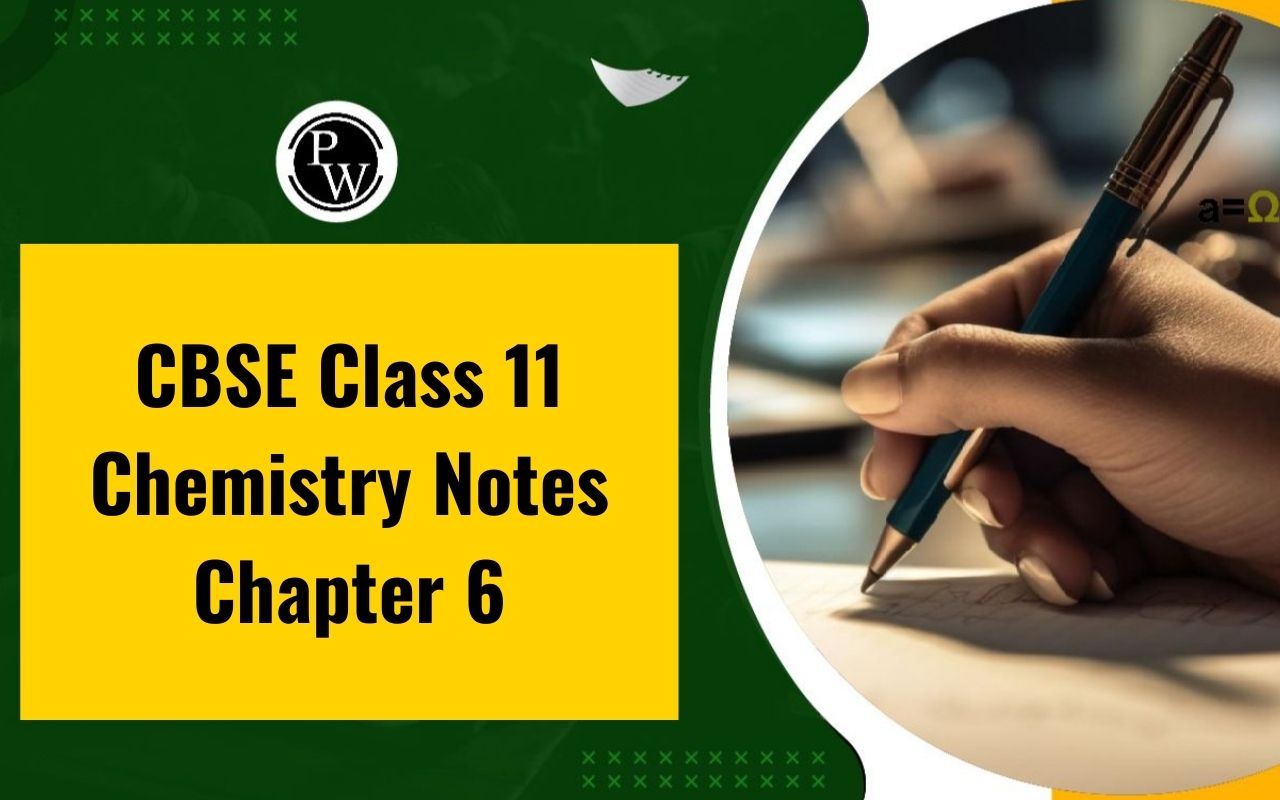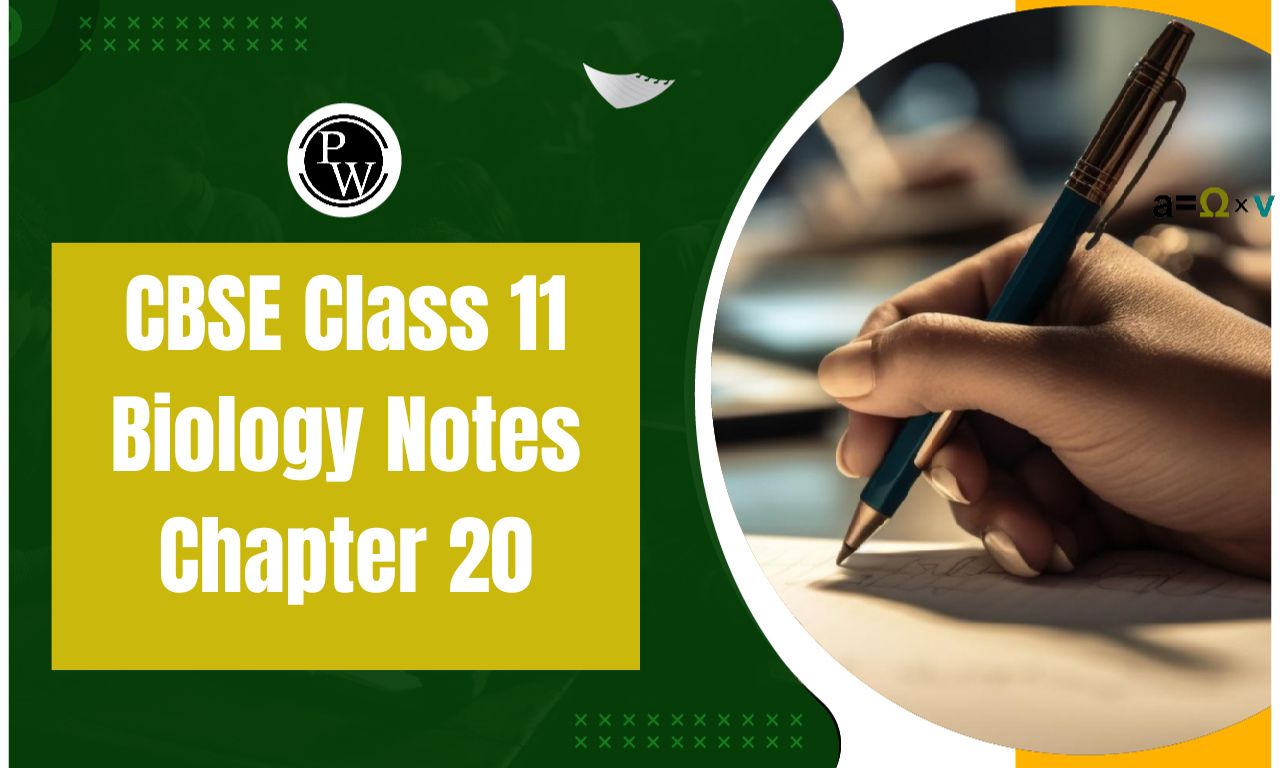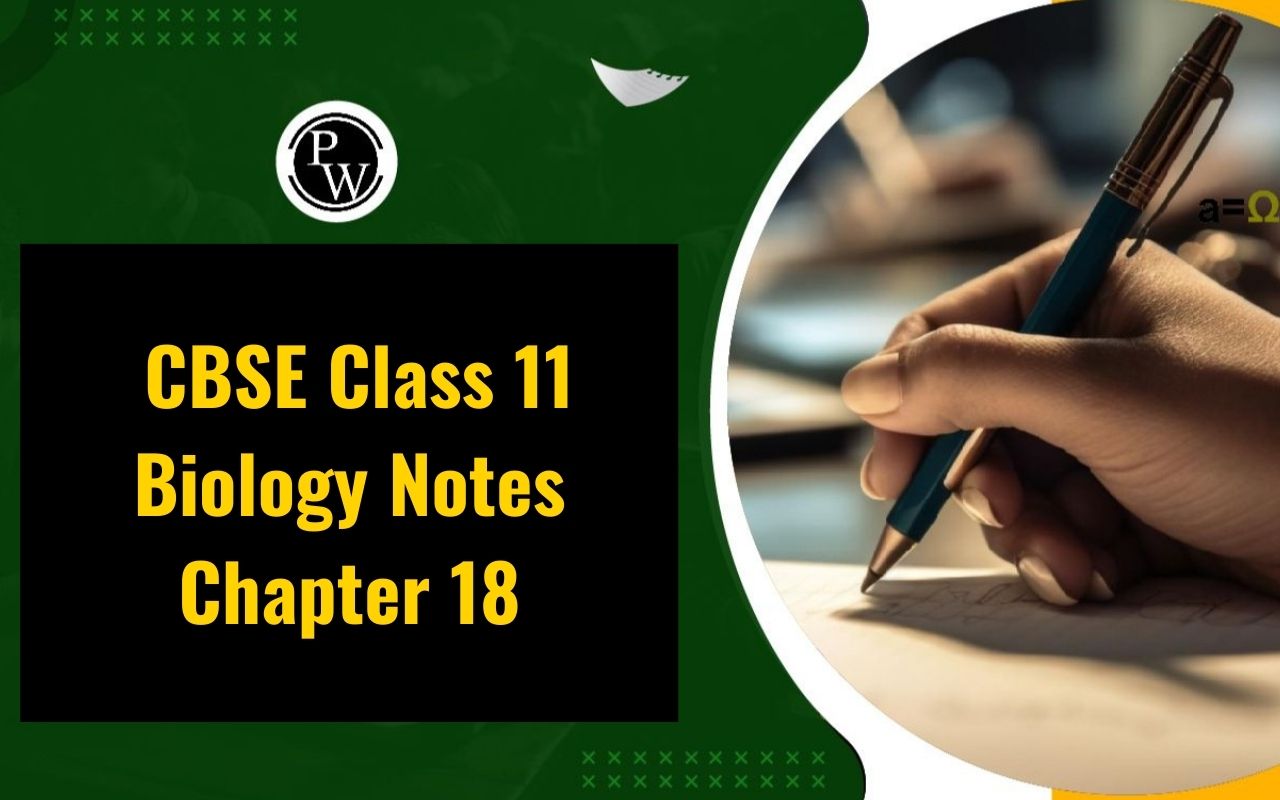
NCERT Solutions For Class 12 Physics Chapter 2
NCERT Solutions for class 12 Physics Chapter 2 Electrostatic Potential and Capacitance is prepared by our senior and renowned teachers of Physics Wallah primary focus while solving these questions of class 12 in NCERT textbook, also do read theory of this Chapter 2 Electrostatic Potential and Capacitance while going before solving the NCERT questions. You can download and share NCERT Solutions of Class 12 Physics from Physics Wallah.NCERT Solutions for class 12 Physics Chapter 1
NCERT Solutions For Class 12 Physics Chapter 2 Electrostatic Potential and Capacitance
Answer The Following Question Answers of class 12 physics Chapter 2 – Electrostatic Potential and Capacitance:
Question 1. Two charges 5 × 10−8 C and −3 × 10−8 C are located 16 cm apart. At what point(s) on the line joining the two charges is the electric potential zero? Take the potential at infinity to be zero. Solution : Given, Two charges q A = 5 x 10 -8 C and q B = -3x10 -8 C Distance between two charges, r = 16 cm = 0.16 m Consider a point O on the line joining two charges where the electric potential is zero due to two charges. Question 2. A regular hexagon of side 10 cm has a charge 5 µC at each of its vertices. Calculate the potential at the centre of the hexagon. Solution : Let O be the center of the hexagon. It contains the charges at all its 6 vertices, each charge = + 5 μC = 5×10 -6 C. The side of the hexagon is 10 cm = 0.1 m It follows that the point O, when joined to the two ends of a side of the hexagon forms an equilateral triangle Electric potential at O due to one charge, Question 3. Two charges 2 μC and −2 µC are placed at points A and B 6 cm apart. (a) Identify an equipotential surface of the system. (b) What is the direction of the electric field at every point on this surface? Solution : (a) For the given system of two charges, the equipotential surface will be a plane normal to the line AB joining the two charges and passing through its mid-point O. On any point on this plane, the potential is zero. (b) The electric field is in a direction from the point A to point B i.e. from the positive charge to the negative charge and normal to the equipotential surface. Question 4. A spherical conductor of radius 12 cm has a charge of 1.6 × 10−7C distributed uniformly on its surface. What is the electric field (a) Inside the sphere (b) Just outside the sphere (c) At a point 18 cm from the centre of the sphere? Solution : Given, q = 1.6 x 10 -7 C Radius of the sphere, r = 12 cm = 0.12 m(a) Inside the sphere: The charge on a conductor resides on its outer surface. Therefore, electric field inside the sphere is zero.
(b) Just outside the sphere: For a point on the charged spherical conductor or outside it, the charge may be assumed to be concentrated at its center.
CBSE Class 12th Toppers List 2024
Question 5. A parallel plate capacitor with air between the plates has a capacitance of 8 pF (1pF = 10−12 F). What will be the capacitance if the distance between the plates is reduced by half, and the space between them is filled with a substance of dielectric constant 6? Solution : Given: Capacitance of capacitor when medium between two plates is air, C = 8 pF = 8×10 –12 F Question 6. Three capacitors each of capacitance 9 pF are connected in series. (a) What is the total capacitance of the combination? (b) What is the potential difference across each capacitor if the combination is connected to a 120 V supply? Solution : Given, C 1 = C 2 = C 3 = 9 pF = 9 x 10 -12 F V = 120 volt . Question 7. Three capacitors of capacitances 2 pF, 3 pF and 4 pF are connected in parallel. (a) What is the total capacitance of the combination? (b) Determine the charge on each capacitor if the combination is connected to a 100 V supply. Solution : Given, C 1 = 2 pF C 2 = 3 pF C 3 = 4 pF , V = 100 volt- Total capacitance of the parallel combination is
- Let q 1 , q 2 and q 3 be that charges on the capacitor C 1 , C 2 and C 3 respectively.
ADDITIONAL EXERCISES:
Question 12. A charge of 8 mC is located at the origin. Calculate the work done in taking a small charge of −2 × 10−9 C from a point P (0, 0, 3 cm) to a point Q (0, 4 cm, 0), via a point R (0, 6 cm, 9 cm). Solution : Given, Charge at origin (O), q 0 = 8×10 -3 C The charge (q 1 = -2 Nc) is moving through the given points, P(0, 0, 3)cm, R(0, 6, 9)cm and Q(0, 4, 0)cm respectively. The picture below represents above situation, . Question 13. A cube of side b has a charge q at each of its vertices. Determine the potential and electric field due to this charge array at the centre of the cube. Solution : Given, side of the cube = b units Charge at each vertices = q C . Question 14. Two tiny spheres carrying charges 1.5 μC and 2.5 μC are located 30 cm apart. Find the potential and electric field: (a) at the mid-point of the line joining the two charges, and (b) at a point 10 cm from this midpoint in a plane normal to the line and passing through the mid-point. Solution : . Question 15. A spherical conducting shell of inner radius r1 and outer radius r2 has a charge Q. (a) A charge q is placed at the centre of the shell. What is the surface charge density on the inner and outer surfaces of the shell? (b) Is the electric field inside a cavity (with no charge) zero, even if the shell is not spherical, but has any irregular shape? Explain. Solution : . Question 16. (b) Show that the tangential component of electrostatic field is continuous from one side of a charged surface to another. [Hint: For (a), use Gauss’s law. For, (b) use the fact that work done by electrostatic field on a closed loop is zero.] Solution : (A)Electric field on one side of the charged is body is E 1 and the electric field on the other side of the same body be E 2 . If infinite plane charged body has uniform thickness then the electric field due to one surface of the body is given by, (b) When a charged particle is moved from one point to the other on a closed loop, the work done by the electrostatic field is zero. Hence, the tangential component of electrostatic field is continuous from one side of a charged surface to the other. Question 17. A long charged cylinder of linear charged density λ is surrounded by a hollow co-axial conducting cylinder. What is the electric field in the space between the two cylinders? Solution : Given, Charge density of the long-charged cylinder of length L and radius r is λ. Another same type of cylinder with radius R surrounded it. Let E is the electric field produced in the space between the two cylinders. Electric flux through a Gaussian surface is given by the Gaussian theorem as, Φ = E(2πd)L Where, d = distance of a point from common axis of the cylinders. Let q be the total charge on the cylinder, Question 18. In a hydrogen atom, the electron and proton are bound at a distance of about 0.53 Å: (a) Estimate the potential energy of the system in eV, taking the zero of the potential energy at infinite separation of the electron from proton. (b) What is the minimum work required to free the electron, given that its kinetic energy in the orbit is half the magnitude of potential energy obtained in (a)? (c) What are the answers to (a) and (b) above if the zero of potential energy is taken at 1.06 Å separation? Solution : Given, The distance between electron-proton of hydrogen atom = 0.53 Å = 0.53× 10 -10 m Charge on electron, q 1 = - 1.6×10 -19 C Charge on proton, q 2 = 1.6×10 -19 C (a)Potential energy at infinity is Zero. Potential energy of a system, Question 19. Solution : Question 20. Two charged conducting spheres of radii a and b are connected to each other by a wire. What is the ratio of electric fields at the surfaces of the two spheres? Use the result obtained to explain why charge density on the sharp and pointed ends of a conductor is higher than on its flatter portions. Solution : Let a be the radius of the sphere A, Q A be the charge on the sphere, and C A be the capacitance of the sphere. Let b be the radius of the sphere B, Q B be the charge on the sphere, and C B be the capacitance of the sphere. Since, the two spheres are connected with wire, their potential V is equal. Question 21. Two charges −q and +q are located at points (0, 0, − a) and (0, 0, a), respectively. (a) What is the electrostatic potential at the points? (b) Obtain the dependence of potential on the distance r of a point from the origin when r/a >> 1. (c) How much work is done in moving a small test charge from the point (5, 0, 0) to (−7, 0, 0) along the x-axis? Does the answer change if the path of the test charge between the same points is not along the x-axis? Solution : B. Given r/a>>1, which implies r>>a the distance of point where potential is to be obtained is much greater than half of the distance between the two charges. Hence, the potential (V) at a distance r is inversely proportional to square of the distance, i.e. V ∞1/r 2 Question 22. Figure 2.34 shows a charge array known as an electric quadrupole. For a point on the axis of the quadrupole, obtain the dependence of potential on r for r/a >> 1, and contrast your results with that due to an electric dipole, and an electric monopole (i.e., a single charge). Solution : The given charges of same magnitude placed at points X, Y, and Z respectively, forms an electric quadrupole. Where, charge + q is at point X, charge -2q is at point Y, and charge + q is at point Z. The point P is at a distance r from point Y. Here, XY = YZ = a So, YP = r, PX = r + a, PZ = r-a. The electrostatic potential due to the system of three charges at point P is given by, Question 23. An electrical technician requires a capacitance of 2 µF in a circuit across a potential difference of 1 kV. A large number of 1 µF capacitors are available to him each of which can withstand a potential difference of not more than 400 V. Suggest a possible arrangement that requires the minimum number of capacitors. Solution : Potential difference across the circuit = 1kV = 1000V Capacitance of each capacitor = 1 μF Potential difference each capacitor can withstand = 400V Capacitance required across the circuit = 2 μF Assume n number of capacitors are connected in series and further m number of such series circuits are connected in parallel to each other. As the potential difference in the circuit is 1000V so the potential difference across each row of n capacitors is 1000V, as the potential difference each capacitor can withstand is 400V, Therefore, 400V × n = 1000V ⇒ n = 1000V/400V = 2.5~3capacitors in each row. Now, Question 24. What is the area of the plates of a 2 F parallel plate capacitor, given that the separation between the plates is 0.5 cm? [You will realize from your answer why ordinary capacitors are in the range of µF or less. However, electrolytic capacitors do have a much larger capacitance (0.1 F) because of very minute separation between the conductors.] Solution : Question 25. Obtain the equivalent capacitance of the network in Fig. 2.35. For a 300 V supply, determine the charge and voltage across each capacitor. Solution : Question 26. The plates of a parallel plate capacitor have an area of 90 cm2 each and are separated by 2.5 mm. The capacitor is charged by connecting it to a 400 V supply. (a) How much electrostatic energy is stored by the capacitor? (b) View this energy as stored in the electrostatic field between the plates, and obtain the energy per unit volume u. Hence arrive at a relation between u and the magnitude of electric field E between the plates. Solution : Question 27. A 4 µF capacitor is charged by a 200 V supply. It is then disconnected from the supply, and is connected to another uncharged 2 µF capacitor. How much electrostatic energy of the first capacitor is lost in the form of heat and electromagnetic radiation? Solution : ∴ U = 5.33x10 -2 J Thus, the electrostatic energy of the first capacitor is lost in the form of heat and electromagnetic radiation = 8x10 -2 J-5.33x10 -2 J = 6.67x10 -2 J Question 28. Show that the force on each plate of a parallel plate capacitor has a magnitude equal to (½) QE, where Q is the charge on the capacitor, and E is the magnitude of electric field between the plates. Explain the origin of the factor ½. Solution : Question 29. Solution : Question 30. A spherical capacitor has an inner sphere of radius 12 cm and an outer sphere of radius 13 cm. The outer sphere is earthed and the inner sphere is given a charge of 2.5 µC. The space between the concentric spheres is filled with a liquid of dielectric constant 32. (a) Determine the capacitance of the capacitor. (b) What is the potential of the inner sphere? (c) Compare the capacitance of this capacitor with that of an isolated sphere of radius 12 cm. Explain why the latter is much smaller. Solution : Radius of the outer shell (r 1 ) = 13cm = 0.13m Radius of the inner shell (r 2 ) = 12cm = 0.12m Charge on the outer surface of the inner shell = 2.5 μC = 2.5x10 -6 C Dielectric constant of liquid = 32 Since, Potential difference between the two shells, Question 31. Answer carefully: (a) Two large conducting spheres carrying charges Q1 and Q2 are brought close to each other. Is the magnitude of electrostatic force between them exactly given by Q1 Q2/4π∈ o r 2, where r is the distance between their centres? (b) If Coulomb’s law involved 1/r3 dependence (instead of 1/r2), would Gauss’s law be still true? (c) A small test charge is released at rest at a point in an electrostatic field configuration. Will it travel along the field line passing through that point? (d) What is the work done by the field of a nucleus in a complete circular orbit of the electron? What if the orbit is elliptical? (e) We know that electric field is discontinuous across the surface of a charged conductor. Is electric potential also discontinuous there? (f) What meaning would you give to the capacitance of a single conductor? (g) Guess a possible reason why water has a much greater dielectric constant (= 80) than say, mica (= 6). Solution : (a) (b) Gauss’s law will not be true, if Coulomb’s law involved 1/r3 dependence, instead of1/r2, on r. (c) Yes, If a small test charge is released at rest at a point in an electrostatic field configuration, then it will travel along the field lines passing through the point, only if the field lines are straight. This is because the field lines give the direction of acceleration and not of velocity. (d) Whenever the electron completes an orbit, either circular or elliptical, the work done by the field of a nucleus is zero. (e) No Electric field is discontinuous across the surface of a charged conductor. However, electric potential is continuous. (f) The capacitance of a single conductor is considered as a parallel plate capacitor with one of its two plates at infinity. (g) Water has an unsymmetrical space as compared to mica. Since it has a permanent dipole moment, it has a greater dielectric constant than mica. Question 32. A cylindrical capacitor has two co-axial cylinders of length 15 cm and radii 1.5 cm and 1.4 cm. The outer cylinder is earthed and the inner cylinder is given a charge of 3.5 µC. Determine the capacitance of the system and the potential of the inner cylinder. Neglect end effects (i.e., bending of field lines at the ends). Solution : Radius of outer cylinder(R) = 1.5cm = 0.015m Radius of inner cylinder(r) = 1.4cm = 0.014m Charge on the inner cylinder(q) = 3.5µC = 3.5×10 -6 C Question 33. A parallel plate capacitor is to be designed with a voltage rating 1 kV, using a material of dielectric constant 3 and dielectric strength about 107 Vm−1. (Dielectric strength is the maximum electric field a material can tolerate without breakdown, i.e., without starting to conduct electricity through partial ionisation.) For safety, we should like the field never to exceed, say 10% of the dielectric strength. What minimum area of the plates is required to have a capacitance of 50 pF? Solution : Potential difference of a parallel plate capacitor(V) = 1kV = 1000V Dielectric constant of a material(ϵ r ) = 3 Dielectric strength = 10 7 V/m Electric field intensity(E) = 10%of 10 7 ⇒ E = 10 6 V/m (since, the field intensity never exceeds 10% of the dielectric strength) Question 34. Describe schematically the equipotential surfaces corresponding to (a) a constant electric field in the z-direction, (b) a field that uniformly increases in magnitude but remains in a constant (say, z) direction, (c) a single positive charge at the origin, and (d) a uniform grid consisting of long equally spaced parallel charged wires in a plane. Solution : (a) Equidistant planes parallel to the x-y plane are the equipotential surfaces. (b) Planes parallel to the x-y plane are the equipotential surfaces with the exception that when the planes get closer, the field increases. (c) Concentric spheres centered at the origin are equipotential surfaces. (d) A periodically varying shape near the given grid is the equipotential surface. This shape gradually reaches the shape of planes parallel to the grid at a larger distance. Question 35. In a Van de Graaff type generator a spherical metal shell is to be a 15 × 106 V electrode. The dielectric strength of the gas surrounding the electrode is 5 × 107 Vm−1. What is the minimum radius of the spherical shell required? (You will learn from this exercise why one cannot build an electrostatic generator using a very small shell which requires a small charge to acquire a high potential.) Solution : Potential difference, V = 15 × 106 V Dielectric strength of the surrounding gas = 5 × 107 V/m Electric field intensity, E = Dielectric strength = 5 × 107 V/m Minimum radius of the spherical shell required for the purpose is given by, Hence, the minimum radius of the spherical shell required is 30 cm. Question 36. A small sphere of radius r1 and charge q1 is enclosed by a spherical shell of radius r2 and charge q2. Show that if q1 is positive, charge will necessarily flow from the sphere to the shell (when the two are connected by a wire) no matter what the charge q2 on the shell is. Solution : According to Gauss’s law, the electric field between a sphere and a shell is determined by the charge q1 on a small sphere. Hence, the potential difference, V, between the sphere and the shell is independent of charge q2. For positive charge q1, potential difference V is always positive. Question 37. Answer the following: (a) The top of the atmosphere is at about 400 kV with respect to the surface of the earth, corresponding to an electric field that decreases with altitude. Near the surface of the earth, the field is about 100 Vm−1. Why then do we not get an electric shock as we step out of our house into the open? (Assume the house to be a steel cage so there is no field inside!) (b) A man fixes outside his house one evening a two metre high insulating slab carrying on its top a large aluminium sheet of area 1m2. Will he get an electric shock if he touches the metal sheet next morning? (c) The discharging current in the atmosphere due to the small conductivity of air is known to be 1800 A on an average over the globe. Why then does the atmosphere not discharge itself completely in due course and become electrically neutral? In other words, what keeps the atmosphere charged? (d) What are the forms of energy into which the electrical energy of the atmosphere is dissipated during a lightning? (Hint: The earth has an electric field of about 100 Vm−1 at its surface in the downward direction, corresponding to a surface charge density = −10−9 C m−2. Due to the slight conductivity of the atmosphere up to about 50 km (beyond which it is good conductor), about + 1800 C is pumped every second into the earth as a whole. The earth, however, does not get discharged since thunderstorms and lightning occurring continually all over the globe pump an equal amount of negative charge on the earth.) Solution : (a) We do not get an electric shock as we step out of our house because the original equipotential surfaces of open air changes, keeping our body and the ground at the same potential. (b) Yes, the man will get an electric shock if he touches the metal slab next morning. The steady discharging current in the atmosphere charges up the aluminium sheet. As a result, its voltage rises gradually. The raise in the voltage depends on the capacitance of the capacitor formed by the aluminium slab and the ground. (c) The occurrence of thunderstorms and lightning charges the atmosphere continuously. Hence, even with the presence of discharging current of 1800 A, the atmosphere is not discharged completely. The two opposing currents are in equilibrium and the atmosphere remains electrically neutral.🔥 Trending Blogs
Talk to a counsellorHave doubts? Our support team will be happy to assist you!

Check out these Related Articles
Free Learning Resources
PW Books
Notes (Class 10-12)
PW Study Materials
Notes (Class 6-9)
Ncert Solutions
Govt Exams
Class 6th to 12th Online Courses
Govt Job Exams Courses
UPSC Coaching
Defence Exam Coaching
Gate Exam Coaching
Other Exams
Know about Physics Wallah
Physics Wallah is an Indian edtech platform that provides accessible & comprehensive learning experiences to students from Class 6th to postgraduate level. We also provide extensive NCERT solutions, sample paper, NEET, JEE Mains, BITSAT previous year papers & more such resources to students. Physics Wallah also caters to over 3.5 million registered students and over 78 lakh+ Youtube subscribers with 4.8 rating on its app.
We Stand Out because
We provide students with intensive courses with India’s qualified & experienced faculties & mentors. PW strives to make the learning experience comprehensive and accessible for students of all sections of society. We believe in empowering every single student who couldn't dream of a good career in engineering and medical field earlier.
Our Key Focus Areas
Physics Wallah's main focus is to make the learning experience as economical as possible for all students. With our affordable courses like Lakshya, Udaan and Arjuna and many others, we have been able to provide a platform for lakhs of aspirants. From providing Chemistry, Maths, Physics formula to giving e-books of eminent authors like RD Sharma, RS Aggarwal and Lakhmir Singh, PW focuses on every single student's need for preparation.
What Makes Us Different
Physics Wallah strives to develop a comprehensive pedagogical structure for students, where they get a state-of-the-art learning experience with study material and resources. Apart from catering students preparing for JEE Mains and NEET, PW also provides study material for each state board like Uttar Pradesh, Bihar, and others
Copyright © 2025 Physicswallah Limited All rights reserved.
Get App
